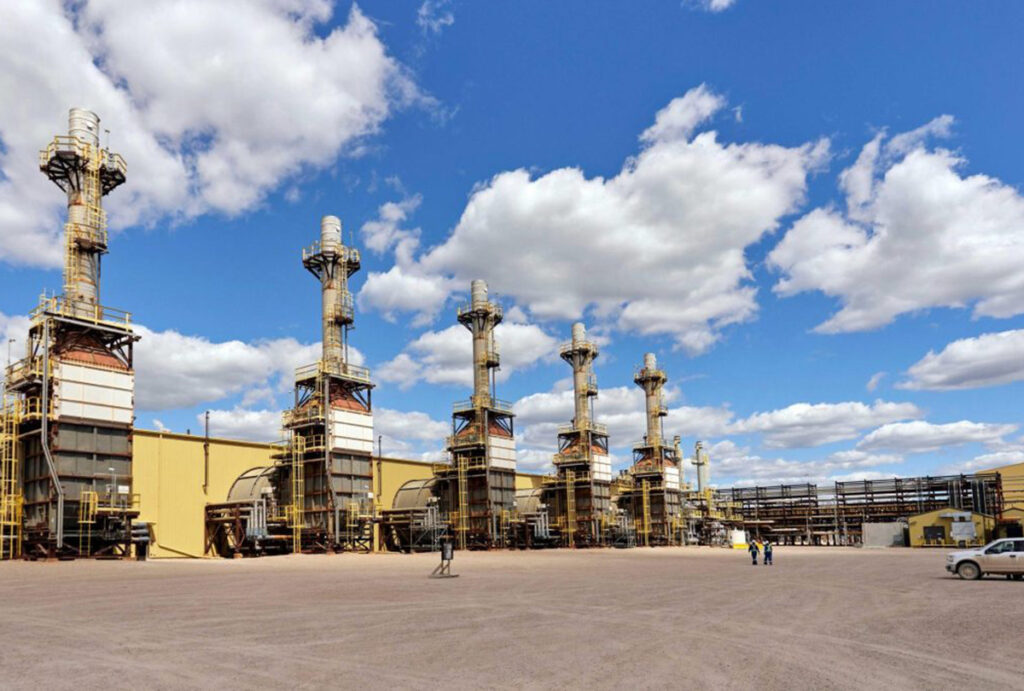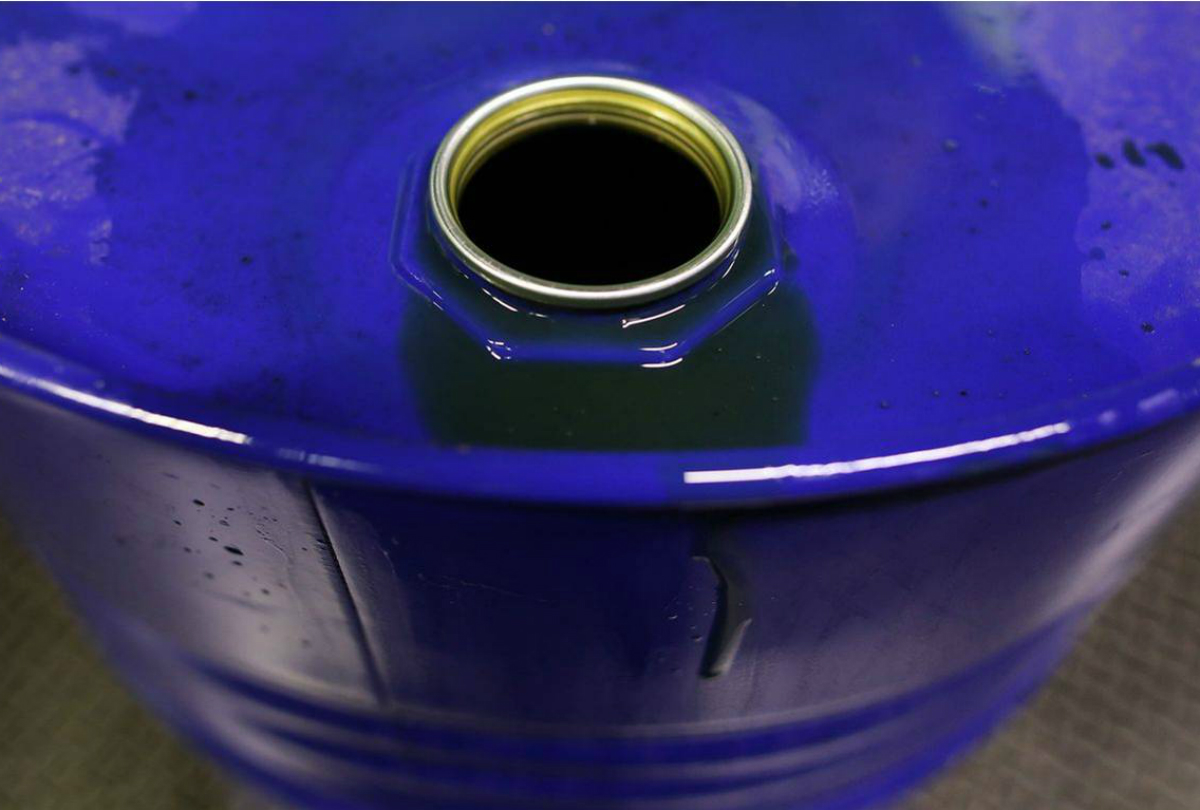‘These investment statistics reflect the extent of this industry’s commitment to sustainable development and clean tech innovation’

Cenovus Energy’s Sunrise oil sands project in northern Alberta. Photo courtesy Cenovus Energy
Led by producers in the oil sands, businesses in Canada’s oil and gas industry invested nearly $700 million in 2021 on research and development – the first increase since 2012, according to the latest data from Statistics Canada.
Oil sands producers spent $426 million on R&D in 2021, an increase of $117 million compared to the previous year, StatsCan said. Canada’s oil and gas sector overall spent $698 million on R&D, the highest level since 2016.
“The StatsCan data reinforces what we already knew about Canada’s oil sands producers: they are leaders in environmental research and technological innovation to lower industry’s environmental footprint,” says Wes Jickling, vice-president with the Pathways Alliance, a partnership of companies representing 95 per cent of oil sands production.
“These investment statistics reflect the extent of this industry’s commitment to sustainable development and clean tech innovation.”
R&D investments by oil sands producers have led to environmental improvements including reduced emissions and water use per barrel, as well as better land reclamation and restoration, Jickling said.
In 2012, members of Canada’s Oil Sands Innovation Alliance (COSIA), now part of Pathways, set targets to reduce fresh water use intensity by 50 per cent by 2022 for in situ or drilled oil sands projects, and by 30 per cent by 2022 for mining projects.
As of 2021 they had surpassed both targets. In situ producers on average used 0.17 barrels of fresh water to produce one barrel of bitumen, a 52 per cent reduction since 2012. And mining producers on average used 1.2 barrels of fresh water to produce a barrel of bitumen, a 45 per cent reduction from 2012.
Oil sands emissions per barrel have been on a steady decline for more than a decade and are now 23 per cent lower than in 2009, according to S&P Global Commodity Insights.
Despite rising production, total emissions from the oil sands did not grow in 2022, S&P Global Reports. Analysts now expect peak oil sands emissions before 2025.
To accelerate emissions reduction, the Pathways Alliance is advancing one of the world’s largest carbon capture and storage projects. Their target is to reduce total emissions from operations by 22 million tonnes by 2030, on the way to net zero emissions from operations by 2050.
“We expect to see continued investments in oil sands clean tech innovation as Pathways Alliance members work together to achieve net zero emissions from operations and produce the world’s most responsible barrel of oil,” Jickling said.
Total Canadian in-house spending on energy-related R&D reached $2.4 billion in 2021, the highest level since 2014, StatsCan reported.
The strongest growth occurred in hydrogen and fuel cells, which rose $163 million to $250 million, an increase of 187 per cent. The rise was mainly due to increased spending within the manufacturing sector.
The unaltered reproduction of this content is free of charge with attribution to Canadian Energy Centre Ltd.
Share This:



